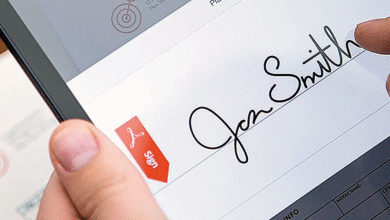
One of the simplest methods to document and share what is happening on your screen is to take screenshots. Understanding how to take a screenshot is quite helpful for a variety of reasons, including professional projects, IT problems, and even just to share some juicy rumours.
The process can change depending on your laptop.
READ MORE: What Can We Expect If the Intel N95 Processor Is Introduced to Affordable Laptops and Tablets?
How to snap a screenshot on a laptop or PC running Windows
The easiest method is to use your keyboard’s Print Screen key. On a laptop, it might be abbreviated to something like Prt Scn. If you have two screens accessible, this will capture both of them.
Press Alt + Print Screen to simply capture the screen that is now active (the one you last clicked). Press Windows + Shift + S, then click and drag to select the area of the screen you want to capture.
Immediately after, the photographs are instantly copied to your clipboard, so be sure to paste them before taking another.
On a MacBook, how to take a screenshot
You may access the screenshot tool on your Mac with a number of settings by pressing Shift + Command + 5 simultaneously. You can use the shortcut Shift + Command + 3 to capture the entire screen, or Shift + Command + 4 to click and drag a specific area of the screen. If you want to record video, you can also choose to record your screen.
On a Mac, screenshots are automatically saved to the desktop.
READ MORE: Review of the Lenovo Tab P11 Pro Gen 2
How to capture a picture with a Chromebook
On a Chromebook, simply hit Control/Ctrl + Show Windows to take a screenshot (the function key with a rectangle and lines). This will record the whole screen. Shift + Control + Show Windows must be pressed before you click and drag to select the area of the screen you just want.
On a Chromebook, screenshots are automatically downloaded.












4 Comments